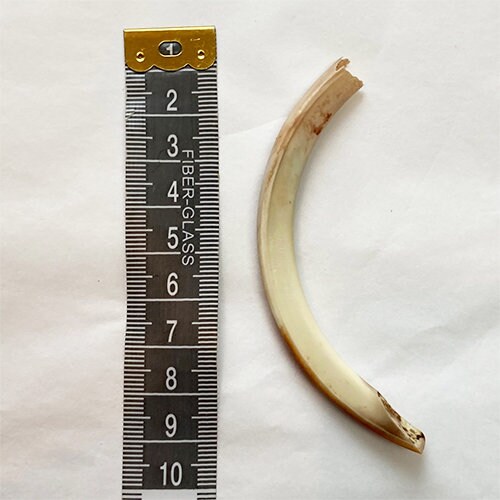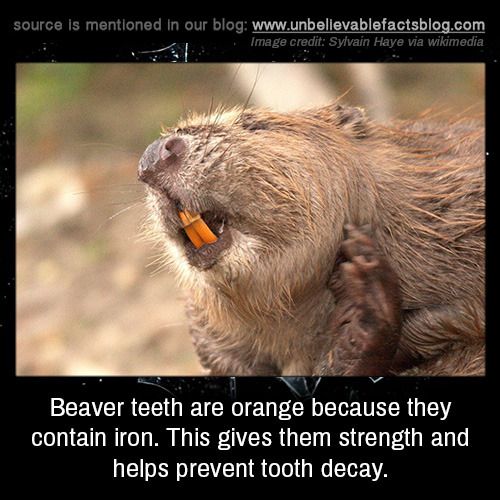I. Introduction
Beavers, known for their dynamic nature and remarkable engineering skills, are among nature’s most fascinating creatures. Among the many remarkable features of these industrious creatures, their teeth stand out as tools of unparalleled significance. Central to their remarkable abilities are Beaver teeth, which play a crucial role in shaping ecosystems and landscapes.
II. Habitat and Distribution
Beavers are primarily found in North America, Europe, and Asia, inhabiting freshwater ecosystems such as rivers, streams, and ponds. They prefer areas with abundant vegetation and access to suitable building materials for their dams and lodges.

III. Anatomy of Beaver Teeth
The teeth of a beaver are one of its most distinctive features. These rodents possess large, sharp incisors that are specially adapted for gnawing through wood. Their teeth continue to grow throughout their lives, a necessary adaptation for their wood-based diet and constant wear from chewing.
IV. Remarkable Role in Ecosystems
Beavers play a vital role in shaping their environments through their dam-building activities. Therefore, these creatures are known as “ecosystem engineers”. By constructing dams across streams and rivers, they create ponds that provide habitats for various aquatic species. These dams also help regulate water flow, reduce erosion, and recharge groundwater reserves.
V. Beaver Teeth Measurements and Properties

Size and Shape
Beaver teeth are typically around 4 inches long and have a chisel-like shape, ideal for cutting through tough wood fibers.
Composition
The outer enamel layer of beaver teeth is rich in iron, giving them their characteristic orange color. This enamel is exceptionally hard and resistant to wear, allowing the beaver to maintain sharp edges for efficient woodcutting.

VI. 6 Facts about Beaver Teeth
- Constant Growth: Beaver teeth grow continuously at a rate of up to 0.3mm per day, compensating for the wear caused by chewing abrasive materials like wood.
- Orange Enamel: The unique orange color of beaver teeth is due to the presence of iron in the enamel, providing added strength and durability.
- Self-Sharpening: As beavers chew, the softer dentin on the inside of their teeth wears away faster than the harder enamel on the outside, resulting in a self-sharpening mechanism.
- Unique Chewing Pattern: Beavers have a distinctive chewing pattern that allows them to efficiently cut down trees by gnawing at angles, which prevents the tree from falling on top of them.
- Ability to Fell Trees: Despite their relatively small size, beavers can fall large trees by continuously gnawing at the trunk with their powerful incisors.
- Importance in Maintaining Wetlands: By creating dams and altering water flow, beavers help create and maintain wetland habitats, which are crucial for biodiversity and water filtration.
VII. Conclusion
In conclusion, the remarkable teeth of beavers are a testament to their adaptability and importance in ecosystem dynamics. From their constant growth to their unique properties, these teeth enable beavers to thrive in their environment while significantly influencing the landscapes they inhabit.
